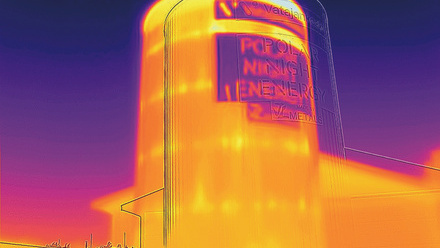Copernicus satellite reveals shifts from Moroccan earthquake
Radar measurements from Europe’s Copernicus Sentinel-1 satellite mission are being used to analyse how the ground has shifted as a result of the earthquake that struck Morocco on 8 September.

Satellite data have been made available through the International Charter Space and Major Disasters to help emergency response teams on the ground.
The radar measurement analysis will not only help in planning the eventual reconstruction but will also further scientific research.
The powerful 6.8 magnitude earthquake struck the Atlas Mountains, about 75km from Marrakech, in the late evening of Friday 8 September.
On behalf of the International Federation of Red Cross and Red Crescent Societies, the United Nations Institute for Training and Research triggered the International Charter Space & Major Disasters.
Through the Charter, Earth observation assets from different space agencies are combined so that satellite images of areas struck by extreme events can be provided as fast as possible to define and map the extent of the disaster and hence help teams in their rescue efforts.
Since a single space agency or satellite operator alone cannot meet the demands of disaster management, ESA and France’s CNES space agency initiated the International Charter Space and Major Disasters in 1999.
The Copernicus Emergency Mapping Service was also activated to help share satellite data in response to the Moroccan earthquake in line with the operational cooperation that is in place with the International Charter.
While the response to Morocco’s disaster is ongoing, scientists are using measurements from the Copernicus Sentinel-1 mission in a technique known as ‘interferometry’ to compare before-and-after views of the region.
Philippe Bally, ESA representative of the International Charter, said, 'Clearly time is of the essence when disaster strikes. Via the Charter and the Copernicus Emergency Mapping Service, it is part of our job to help ensure that the appropriate satellite data is delivered to help relief efforts.'







